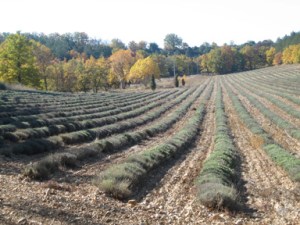Ann Hamilton describes herself as a “maker” rather than artist, and characterizes the start of her projects this way: I just try to listen for what something needs to become. Michelangelo relayed a similar process so long ago: I saw the angel in the marble and carved until I set him free.
Delivery doesn’t come in an instant but evolves in a process ⏤ bit by bit. It’s about being patient with the unfolding. It takes a dialogue with what wants to emerge, creating space for the communication. Sitting with it.
If what emerges has depth then it isn’t formulaic. For me, it’s about synthesis. In what form does this communication want to be held? Two-dimensional? Three-dimensional? Oil? Mixed media? Or written form? I introduce options to the conversation and question the best fit ⏤ and am open to changing directions in mid-stream because it’s suddenly called for.
I’m not a person who has one way of doing things. That would bore me to tears, limit flexibility and impede problem-solving. I enjoy stockpiling choices at my fingertips. It fuels my creative energy. Ongoing learning, adding this and that to my repertoire, inspires me. I believe this strategy sparks a type of creative intelligence. I wouldn’t fit on an assembly line and abhor restrictions. It sucks the life right out of me.
I’ve written before about the expectations establishment galleries and publishers hold. Recording companies, too. They want what they call ‘consistency’ which translates to limitation of subject matter and form. Of course, they’re invested in bottom line dollars. But what they’re doing in the process is obstructing artistic growth. The artists I revere most are those who deviate.
Shawn Phillips is a case in point:
…The mere fact that he was a musician as much as a singer and songwriter made him stand out, and helped him attract a dedicated following. His refusal to shape his music — which crosses between folk-rock, jazz, progressive, pop, and classical — to anyone else’s expectations allows him to hold onto a large and dedicated cult following, without ever achieving the stardom that his talent seemed to merit…He never courted an obvious commercial sound, preferring to write songs that, as he put it, “make you feel different from the way you felt before you started listening”…
My respect for Picasso grew exponentially when I was in Paris last year and went to the Picasso Museum, which houses representations of all the journeys he’d taken. I’d known him mostly as a Cubist, and for his Rose and Blue Periods. I discovered he was not only a painter of many diverging techniques, but also a sculptor, printmaker, ceramicist, stage designer, poet and playwright.

She-Goat. Picasso, 1950. Constructed of found objects then bronze cast.
Picasso’s ability to produce works in an astonishing range of styles made him well respected during his own lifetime. After his death in 1973 his value as an artist and inspiration to other artists has only grown. He is without a doubt destined to permanently etch himself into the fabric of humanity as one of the greatest artists of all time.
There’s something to be said for being unorthodox. Especially if you don’t care about mainstream success. Although it may come unexpectedly…precisely because you deviate.
In this round-about way I’m now introducing my latest venture. For a while I’d felt the pull to move into more three-dimensional artwork and had been casting about to see what drew me. Then I discovered the separate works of Jan Huling and Nancy Josephson…unlike anything I’d seen before…which spoke to my unconventional soul. They’ve both had their artwork featured in a multitude of galleries, museums, newspapers and magazines. I decided to go study with them for a week in April in Puerto Vallarta at Hacienda Mosaico and came away with a treasure trove of new knowledge from their generous teachings. And they’re good people. No affected airs there despite all their accomplishments.

Das Bug. 8′ long. Jan Huling. Currently showing at the Duane Reed Gallery in St. Louis and slated for the Art Market + Design Fair in Bridgehampton, July 7-10. Photo used with permission.
In her artist statement Jan says:
In a recent review, the New York Times dubbed my work “oddball assemblages,” and aptly so. My three-dimensional collages combine found objects with surface design, sometimes touching on narrative themes. I’m also drawn to religious and political icons, inspired by a continuing fascination with indigenous or popular culture and world religions…Czech seed beads adorn objects in colorful patterns, camouflaging their original circumstance, allowing us to see them as pure form without their usual connotations. The process is slow and meticulous, Zen-like, with the choice of forms motivating color schemes and iconography.

Erzulie Kouvez, Bird Goddess. 10′ tall x 6′ diameter. Nancy Josephson. Exhibiting at the Visionary Art Museum in Baltimore until September 4. Photo used with permission.

Erzulie Kouvez, detail. Photo used with permission.
Musician, artist, Vodou priestess…Nancy shares this:
I started in music. I only wanted to do ‘real’ music…rootsy, soulful and elemental. I wanted to get to the core of what music is in the way it lifts the spirit from the inside…Then I started using my hands instead of my voice. Visual art gave me a more solitary way to explore how to surround myself in physical beauty and meaning. Trial and Error was my alma mater…Then I went to Haiti…My first trip opened up questions about physical home, one’s spiritual ‘home’, how one ‘gets by’, what one must risk during the creative process, what IS the creative process. With every trip I found more questions as well as a few answers.
Here’s the piece I’ve thus far created since returning home. A plethora of ideas hover in the ether nagging at me. I believe most of them will get their turn over time. I’ll integrate what I’ve learned into both two and three-dimensional pieces, an extension of my meditation practice. Indeed, I’d been describing the process as Zen-like before I read the same in Jan’s artist statement. But then there’s a bit of obsessive quality to it, too…
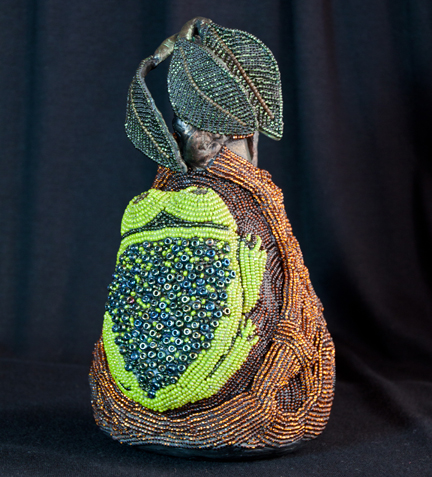
The Rain God. Carla Woody. Mixed media: Czech glass beads, resin clay, found object, acrylics. 7.5″ tall x 14″ diameter.*

The Rain God, side view.
On another note, I’ve been asked about my artwork: How can you let them go?
When there’s a dialogue of great depth I find that I do need to keep them on the easel or table for a while, maybe even a few months, to see what else we may have to say to each other ⏤ to make sure the conversation has come to a close. When there’s a sense of finality then I can release it with the intent the piece itself will take the dialogue to others.
Sometimes that happens in surprising ways. A few years ago I painted an oil I called My Magdalen Heart which was displayed at The Gallery in Williams. On a day I was there, a French Canadian man approached me with an incredulous look saying the piece had spoken to him. It’s a blessing for me when I hear how the dialogue continues. A few days later the Magdalen went to live in New Mexico with a woman who’d had a relationship with her since childhood.
It’s important to put our expressions out into the world, in whatever way we do, without conforming to others’ rules, and then sending them on their way…so they can take on a life of their own. There may be someone just waiting to engage in the dialogue ⏤ with an anticipation they didn’t know they had.
♦︎♦︎♦︎
*The Rain God is currently available through The Gallery in Williams or inquire by email through this blog.
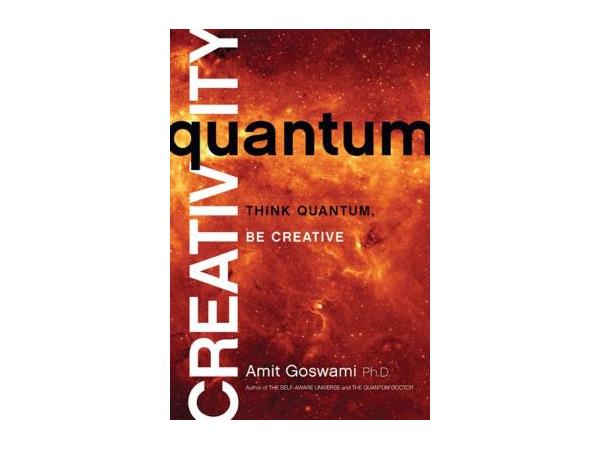
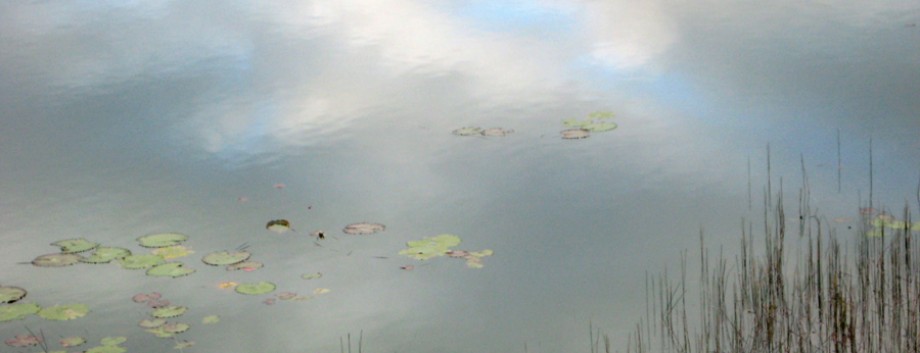
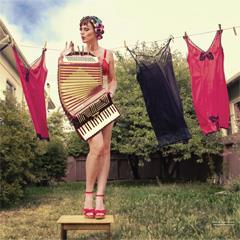
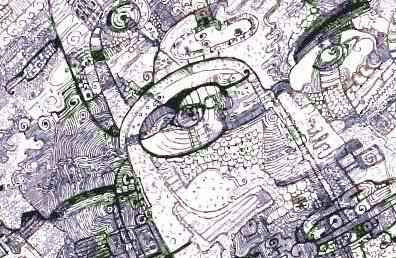










 If you can’t wait to have some of your own, you can find magnetic words
If you can’t wait to have some of your own, you can find magnetic words 


